
THE LAND WITH THE LOVE FOR THE WHOLE WORLD
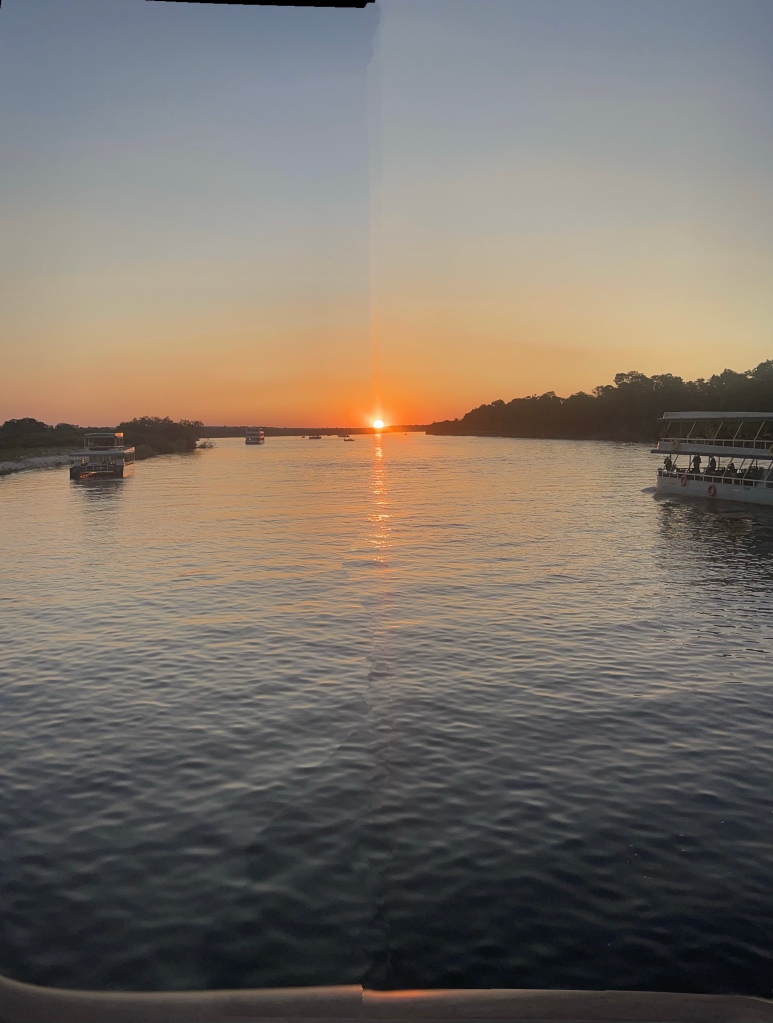
They always say that each year, we should travel somewhere where we have never been before. That is so true and I am sorry that some people can’t do it due to the certain circumstances. The reason for traveling the world is not being posh or trendy but being embraced with the rich heritage we share as the civilization. When you go out of comfort zone, you learn to be adaptive but also to check your own mental and physical capabilities. Not every journey is easy and most of them are stressful and challenging but, after them, you are never the same. The world we are visiting is also visiting us, changing us for a better.
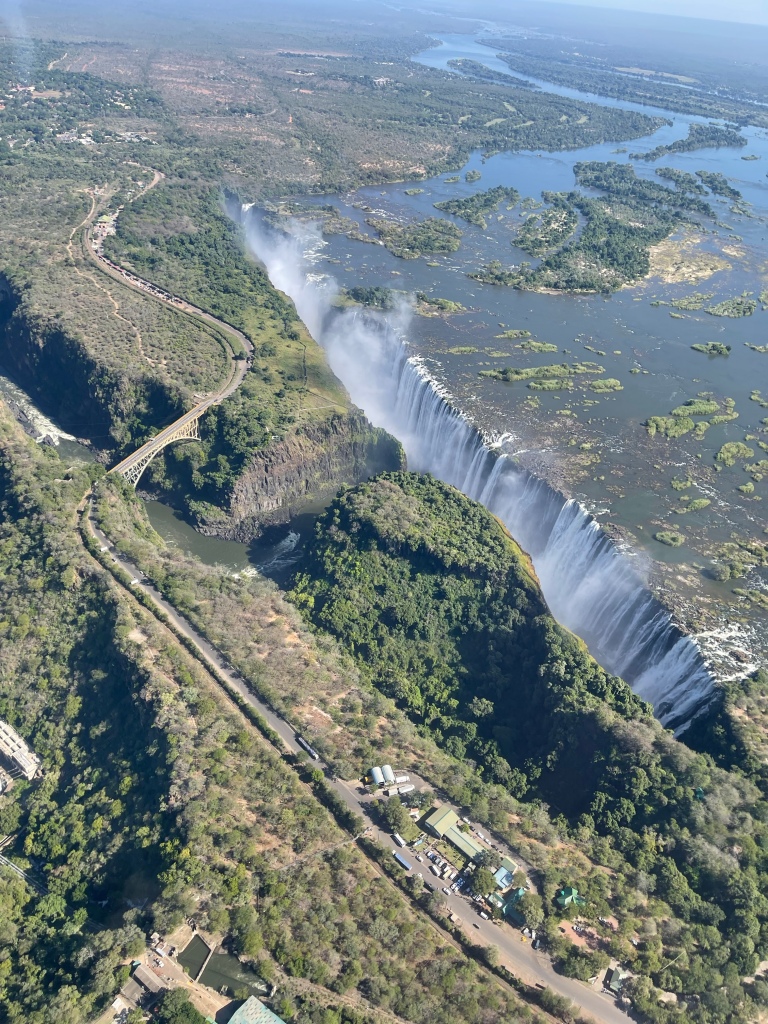
When I decided to visit Zambia , I knew that will be a big task to plan the travel with all points that speak for me but it was still on my Bucket list and the lions on the sunset, called me to join them. Actually, I wanted to be there , in beautiful Africa Savanah, to celebrate the wild soul of this continent and to jump into the wildlife, promising I will never betray my fight for their future. As always, wild animals inspired me to go, every time, closer to them and to see the reality with their golden eyes.
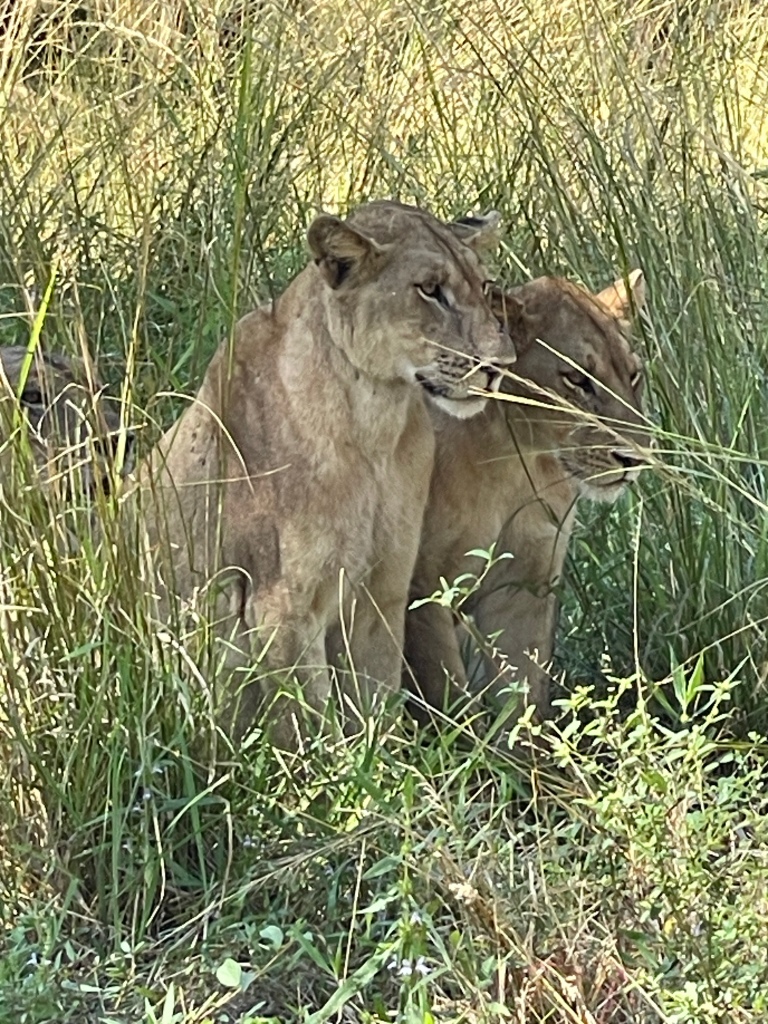
I was surprised that Zambia is not as any other country I was in. This has something to do with more than 70 languages that are spoken over there , with their national delicious dish called nshima, with the Smoke that Thunders or Victoria falls and with the rich wildlife that is waiting to be captured by our cameras . If you start discovering this land from Livingstone , you mustn’t miss the awesome natural wonders of waterfalls. Honestly, I have never seen the power of water as I saw it there, where mighty Zambezi is kissing the ground, falling from the heaven.
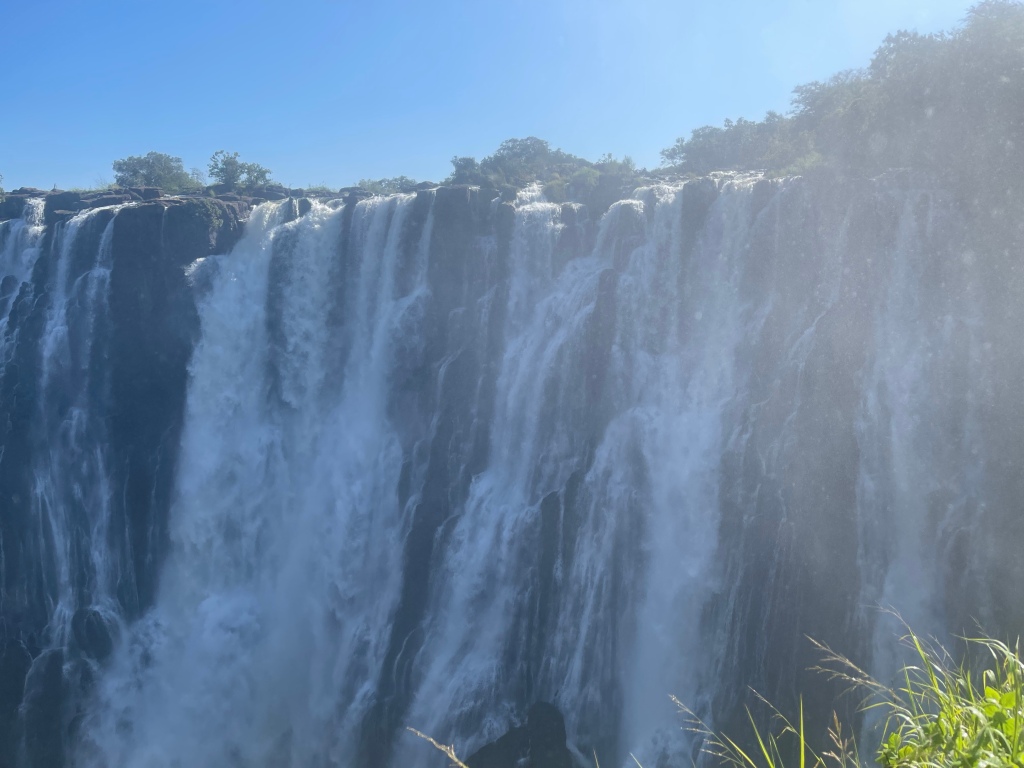
The Scottish explorer Sir David Livingstone spotted this jewel but the one who made a first map to them was actually the another researcher and from Czech Republic, Sir Emil Holub. Both of them enabled us to witness the beauty of those water systems that turn the Zambia and Zimbabwe into the theater of rainbow performance. It is interesting to mention that Zambia is gifted with water potential so one of the deepest lakes is just there, the famous Tanganyika lake. That is one of the oldest freshwater ecosystems in the world and Zambia is sharing it with Burundi, DRC and Tanzania. This alluring land is relying on exporting copper, fighting the climate change, helping about the 100,000 refugees from DRC, holding legendary Big Five in some of their national parks. I was more than happy to see White Rhino, for the first time in my life. That was a part of walking safari and I enjoyed being so close to that peaceful animal. The rangers in Livingstone are always on guard, protecting those lovely creatures from the poachers. However, when I saw them, I felt that the world is still ok, that we still have time and chance to recover all.
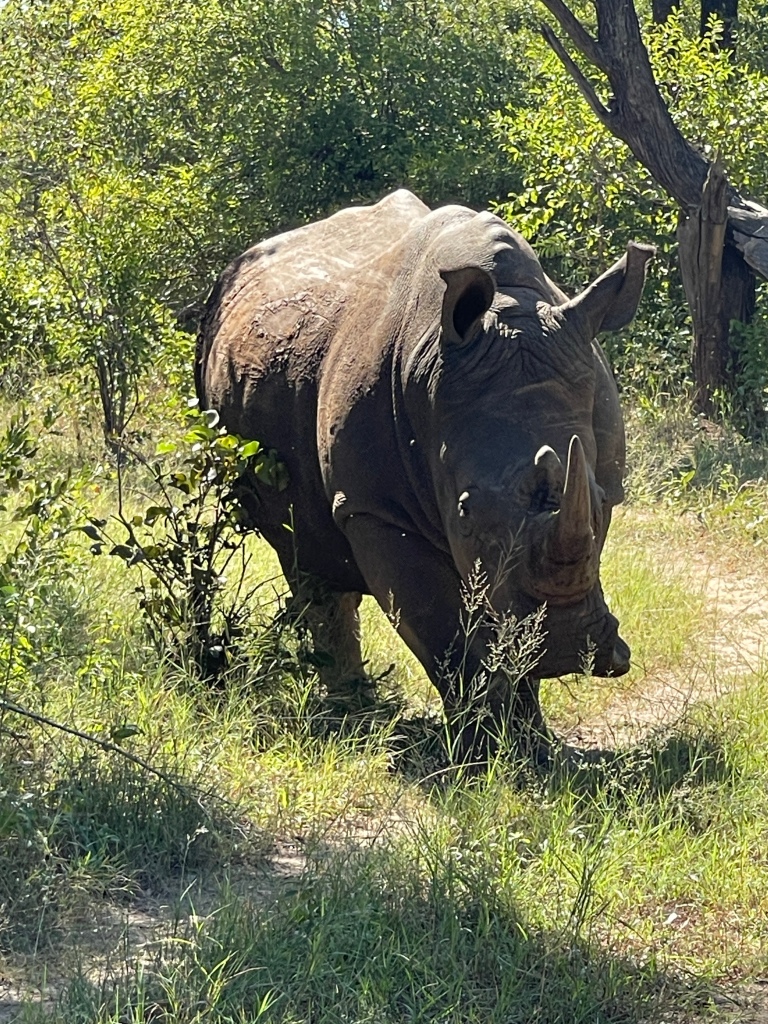
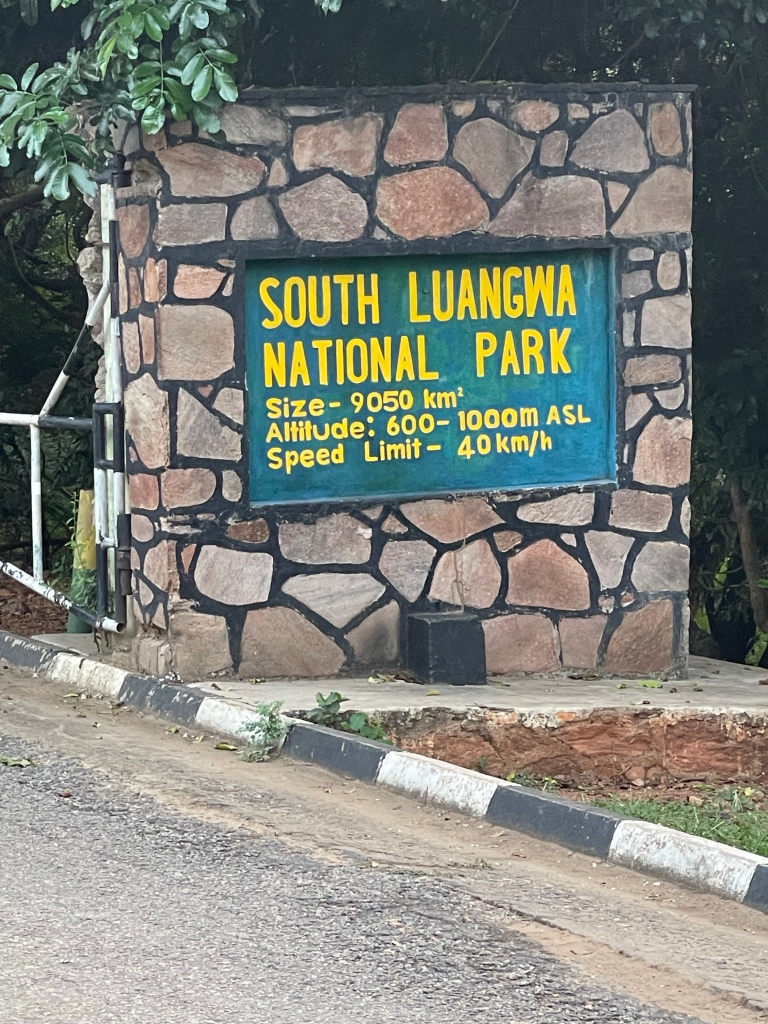
My second impression was the National park of South Luangwa in Mfuwe. You can see the whole wildlife there, even if you don’t search. I enjoyed it very much. If you ask me how you reach it, I will advise you to go from Livingstone to Lusaka first and then to Eastern Province of Chipata. Once when you are in Chipata, you can use local bus company – Jonda Bus- to get to Mfuwe and spend time in some of the cool lodges over there. This is the perfect gateway to the National Park where you can go alone, renting the car or taking the guide with the assistance of the hosting lodge. Keep in mind that you need 25$ per person for a daily ticket. This is absolutely valid price because the park is full of celebrities: lions, leopards, wild dogs, elephants, buffalos, etc. If you are in Zambia for watching big animals or for birds, you are on the right place.
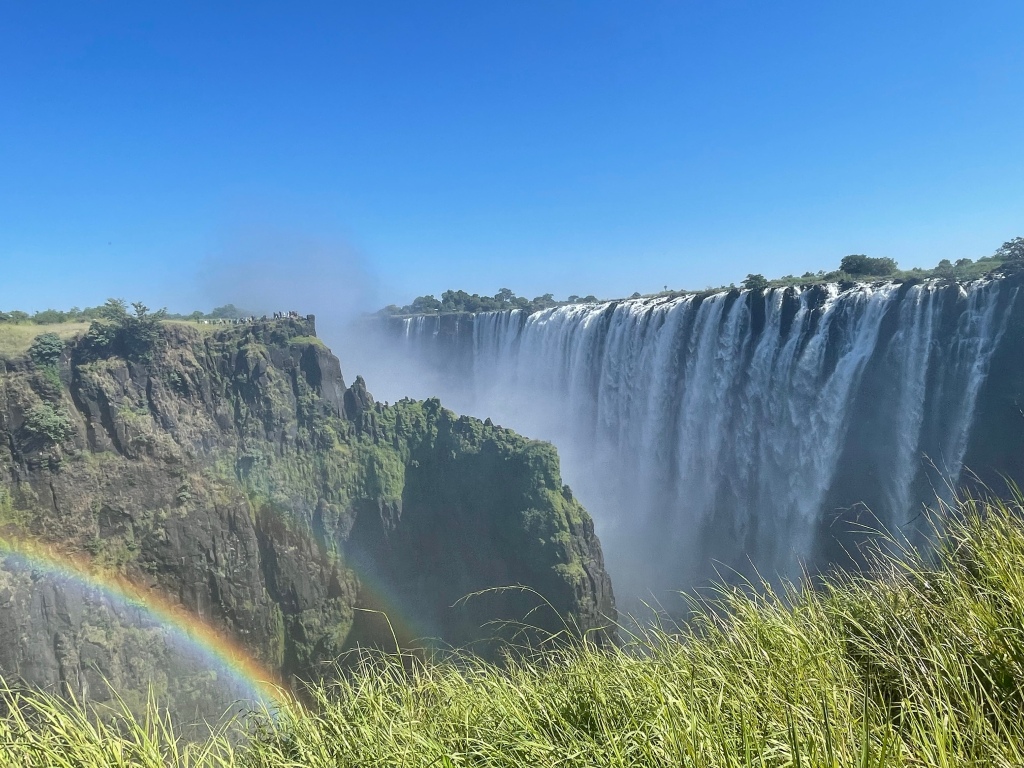
What I also noted is the fact that people are scared from crocodiles and hippos. They are mostly located in water but poor fishermen encounter them and sometimes pay with death. The both species of animals aren’t to be underestimated but one ranger told me that they actually only try to keep their territory. Unfortunately, we come again to the point that humans don’t know their boundaries. In one wild park I saw many captivated crocodiles and that made me so sad. They could be and they are aggressive but their eyes and how they looked at me , made me almost cry. Like the last whisper and ask for help, prayer for a freedom.
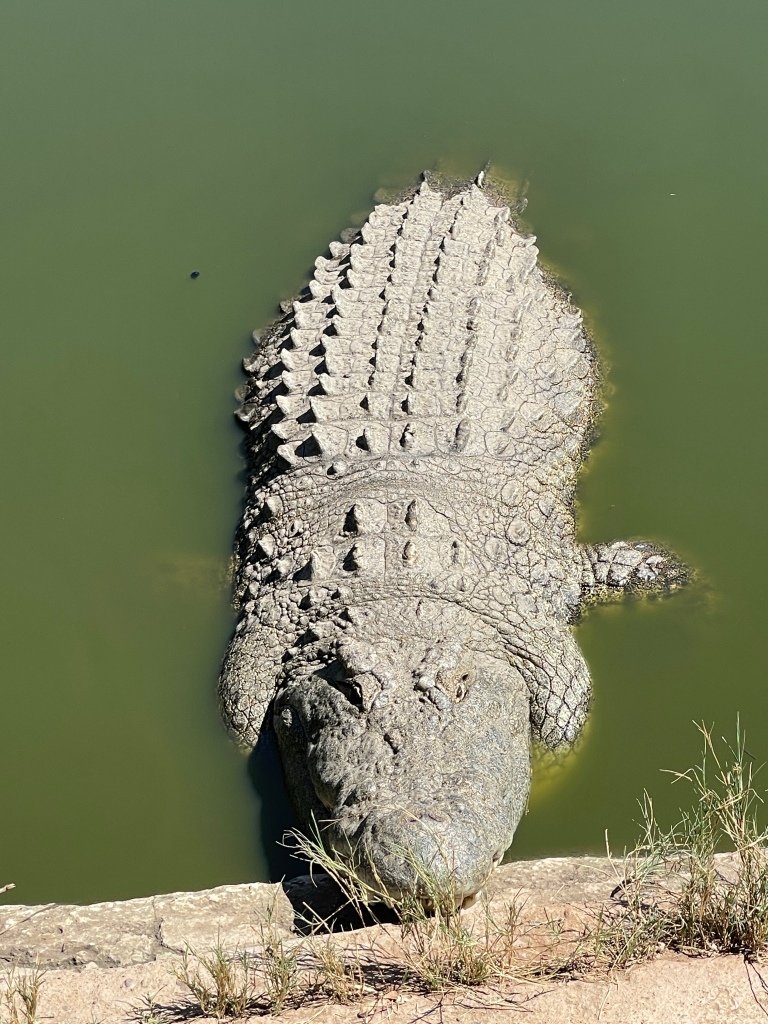
The people are very friendly and smiles all the time so you would think they all live in Hakuna Matata style. Rather is that they try to accept the things that they can’t change and hope for a better tomorrow. Meeting some new friends there was a blessing, the love that will follow me till my next travel into the unknown.
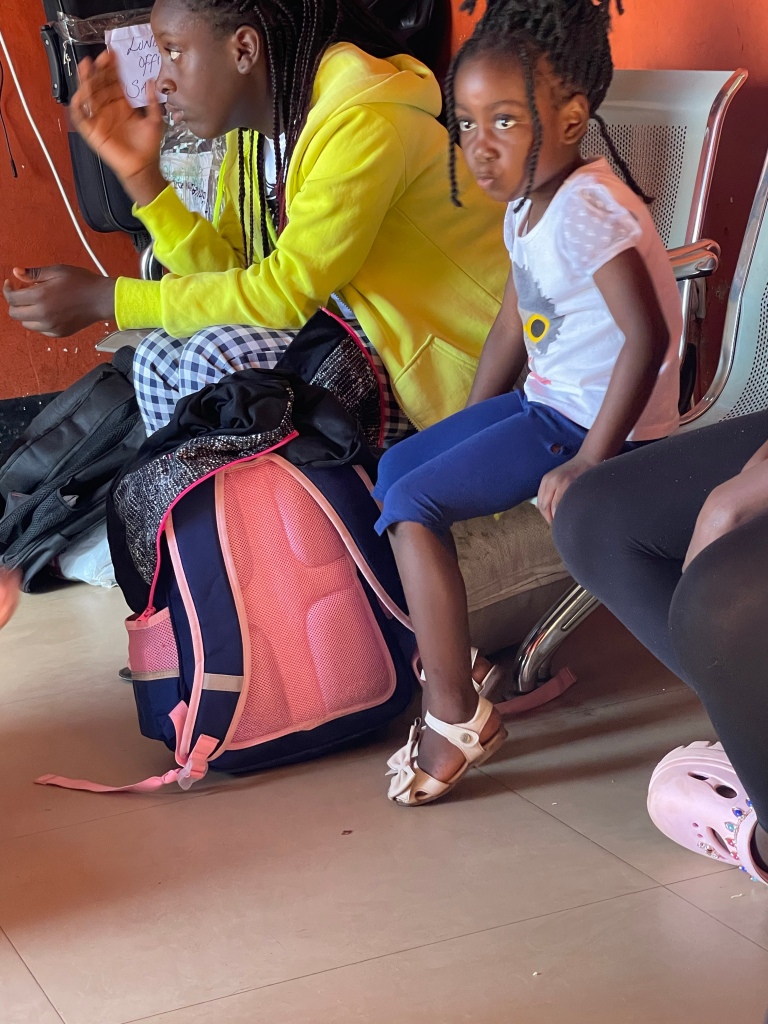
I can’t stop thinking of all mesmerizing things I experienced in those few weeks, recalling the purring of lions by the car, sunset on Zambezi river, waking up with hyenas and tropical birds. Zambia, you beloved thing, I met you to love you till the rest of my life, you lovely Africa. Litumezi.

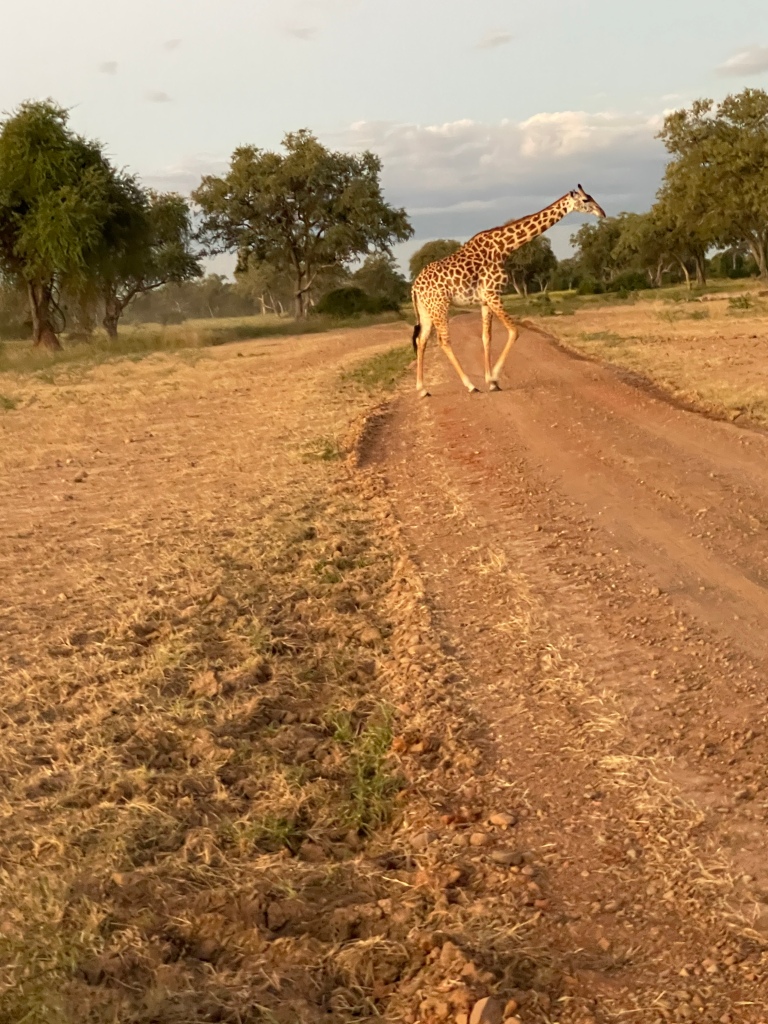
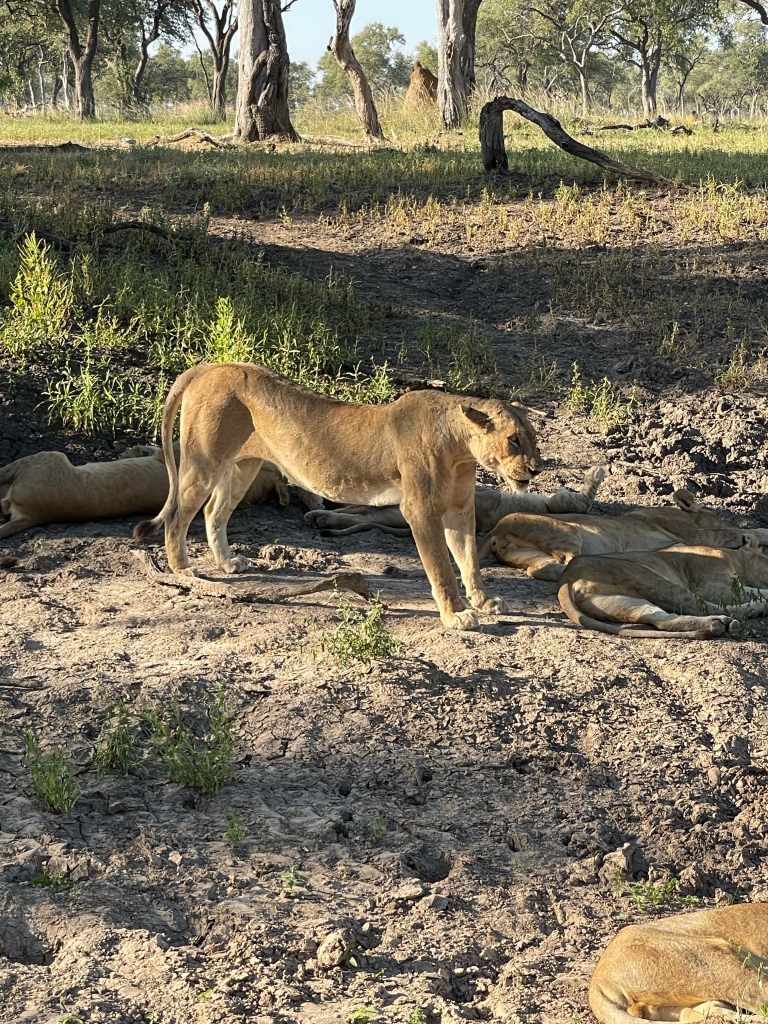

Sarah’s delightful and inspiring article induced me to recall to mind the ambiguity of the appellation of ‘Zambia’ itself…
Since ancient periods through to European colonial periods, the region had various names, but was given the official appellation of Zambia in 1964, upon independence from British colonial rule.
The first European navigator to document the Zambezi River region was Vasco da Gama in 1498, but he gave the delta and tributaries a different label (i.e. Rio dos Bons Sinais – River of Good Omens). In the 1500s, Portuguese explorers applied the local Swahili peoples tribal name of ‘Cuama’ to the river, and not taking ‘Zambeze’ until the 1550s; a corruption of a local Bantu tribal reference.
This referred to a tribe in the north: the M’biza people living by a vast lake (i.e. Lake Tanganyika). The M’biza were a trading people and interacted with Europeans.
However, the Bantu word ‘mbeze’ means ‘fish’, and it could mean ‘River of Fish’ (i.e. Zambezi River). Dr David Livingston, who Sarah refers to in her article, reached the upper portion of the river with his team in 1853, and he documented the river with the local name of ‘Leeambye’ used by the Lozi tribe: the translation of Leeambye reads ‘Vast River’. All along the course of the river, different tribes applied their own appellations for the river.
Thus, the factual etymology of Zambia remains ambiguous…
LikeLike